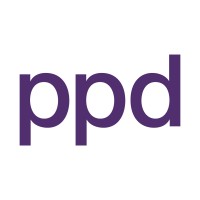
Chinese Academy of Sciences
The Chinese Academy of Sciences (CAS) is the lead national scientific institution in natural sciences and high technology development in China and the country's supreme scientific advisory body. It incorporates three major parts: a comprehensive research and development network consisting of 104 research institutes, a traditional merit-based national academy as represented by its Academic Divisions and a system of higher education based on its affiliated 3 universities and the support of its research institutes. CAS has served as the major national strategic research force since founding in November 1949 and has left its deep footprints in Chinese S&T and the overall development of China's national innovation system.






